Learn English
Unlock Faster English Learning: Master English with Visualization Techniques

This content explores methods to accelerate your English learning process. It focuses on mastering the language more quickly and effectively by utilizing powerful visualization techniques. Discover how applying these methods can enhance your understanding and retention, helping you unlock faster acquisition of English proficiency.
Table of Contents
- Section 1: Introduction: Why Use Visualization to Learn English?
- Section 2: Understanding the Power of Visualization for Language Acquisition
- Section 3: Practical Visualization Techniques for Vocabulary and Grammar
- Section 4: Visualizing for Improved English Speaking and Listening Skills
- Section 5: Integrating Visualization into Your Daily English Study Routine
- Section 6: Maximizing Your Results: Tips for Effective Visualization Practice
Section 1: Introduction: Why Use Visualization to Learn English?
Learning English can sometimes feel like navigating a complex maze of words, grammar rules, and phrases that don’t always make immediate sense. It’s easy for abstract concepts to remain just that – abstract and difficult to grasp or remember. This is precisely why integrating visualization techniques into your English study is a powerful approach. By actively creating mental images, diagrams, or visual associations for vocabulary, grammatical structures, or even conversational scenarios, you transform the intangible into something concrete and memorable. This method leverages your brain’s natural capacity for visual processing, forging stronger cognitive links and making the learning process more intuitive, engaging, and ultimately, faster. It helps you ‘see’ the language in action, enhancing comprehension and retention significantly.
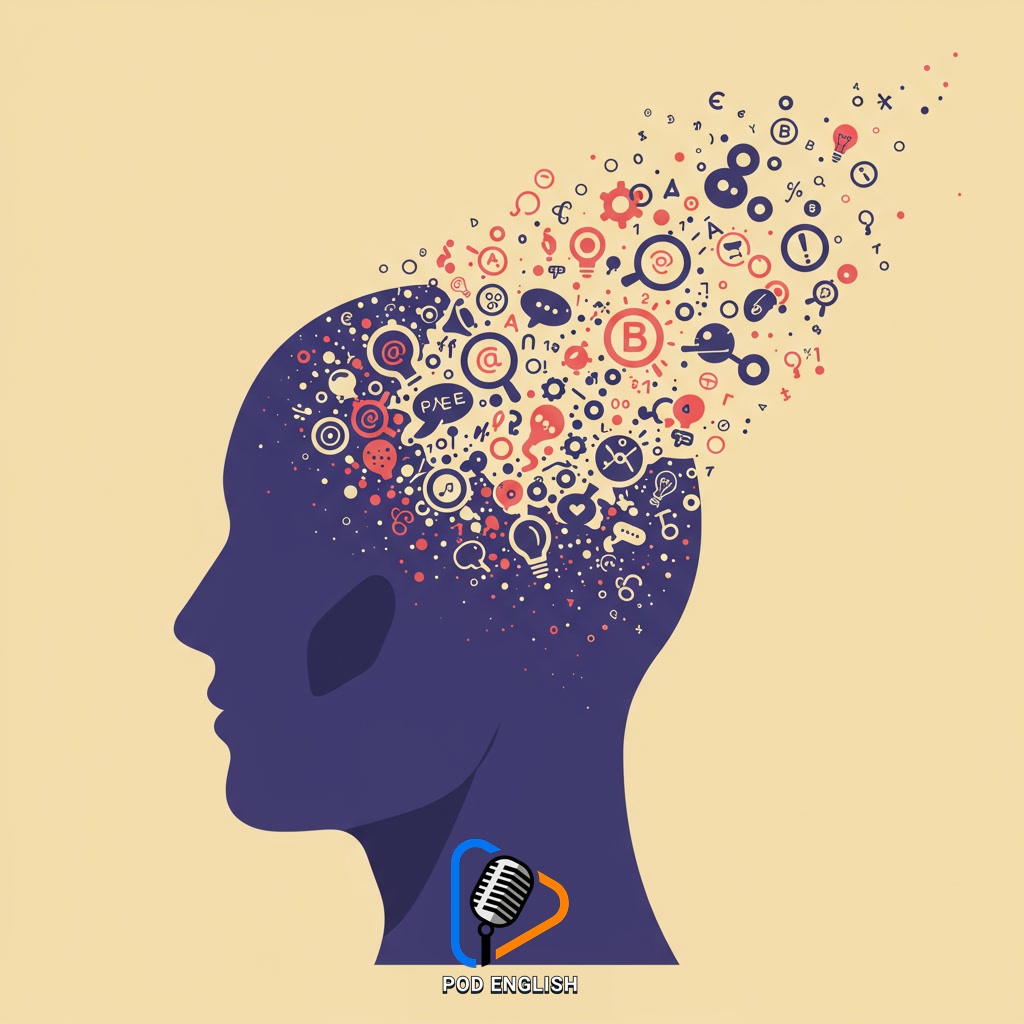
Introduction: Why Use Visualization to Learn English?
Section 2: Understanding the Power of Visualization for Language Acquisition
Moving beyond the challenge of abstract concepts, visualization offers a powerful antidote by transforming intangible ideas into concrete mental images. Instead of just memorizing definitions, you can create vivid pictures in your mind that connect words, phrases, and grammar rules to real-world objects, actions, or situations. This process isn’t just about seeing things; it’s about engaging your senses and emotions, making the learning experience far more memorable and meaningful. By actively building these mental representations, you create stronger neural pathways, allowing you to recall and use English more quickly and naturally. This technique effectively bridges the gap between abstract linguistic structures and practical understanding, significantly accelerating your path to fluency.
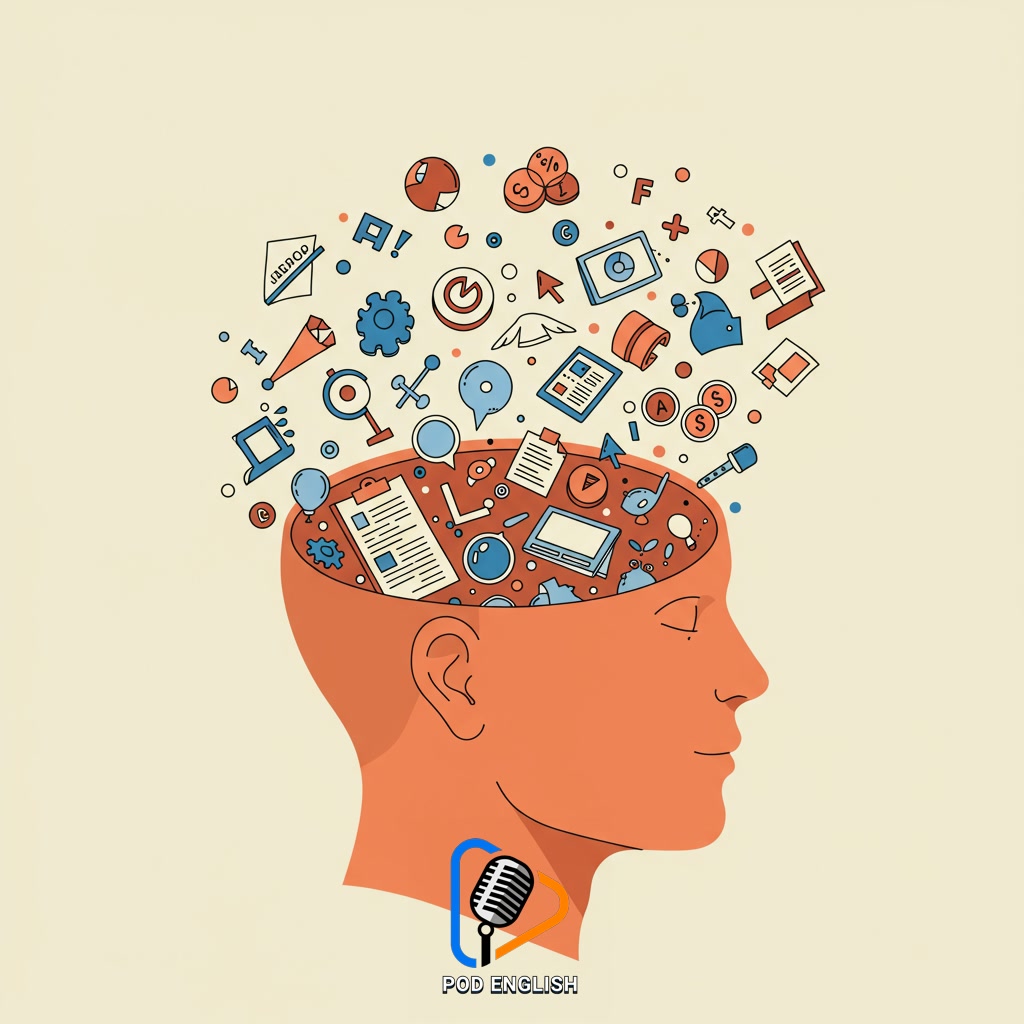
Understanding the Power of Visualization for Language Acquisition
Section 3: Practical Visualization Techniques for Vocabulary and Grammar
Building on the idea of transforming abstract concepts, practical visualization techniques offer concrete ways to master English vocabulary and grammar. For vocabulary, instead of rote memorization, associate new words with vivid mental images, scenes, or even short actions. Picture the word in use within a specific context you can clearly see in your mind. For grammar, visualize sentence structures as building blocks or diagrams, or imagine verb tenses as points or lines on a mental timeline. Connect prepositions to spatial relationships you can picture. By actively creating these visual links, you engage more parts of your brain, making recall faster and understanding deeper than simply reading definitions or rules.

Practical Visualization Techniques for Vocabulary and Grammar
Section 4: Visualizing for Improved English Speaking and Listening Skills
Building on visualizing vocabulary and grammar, extending this technique significantly enhances English speaking and listening. For speaking, imagine yourself confidently conversing in various scenarios – ordering coffee, giving a presentation, or chatting with a friend. Visualize the words flowing smoothly, the correct pronunciation, and the positive reactions of your listeners. This mental rehearsal builds confidence and reduces anxiety, making real conversations easier. For listening, practice forming vivid mental pictures as you hear English spoken. If you hear a description of a park, picture the trees, benches, and people. This active visualization keeps your mind engaged, improves focus, and helps you process spoken information more effectively, leading to better comprehension and retention. This active mental engagement transforms passive learning into a dynamic process for both skills.
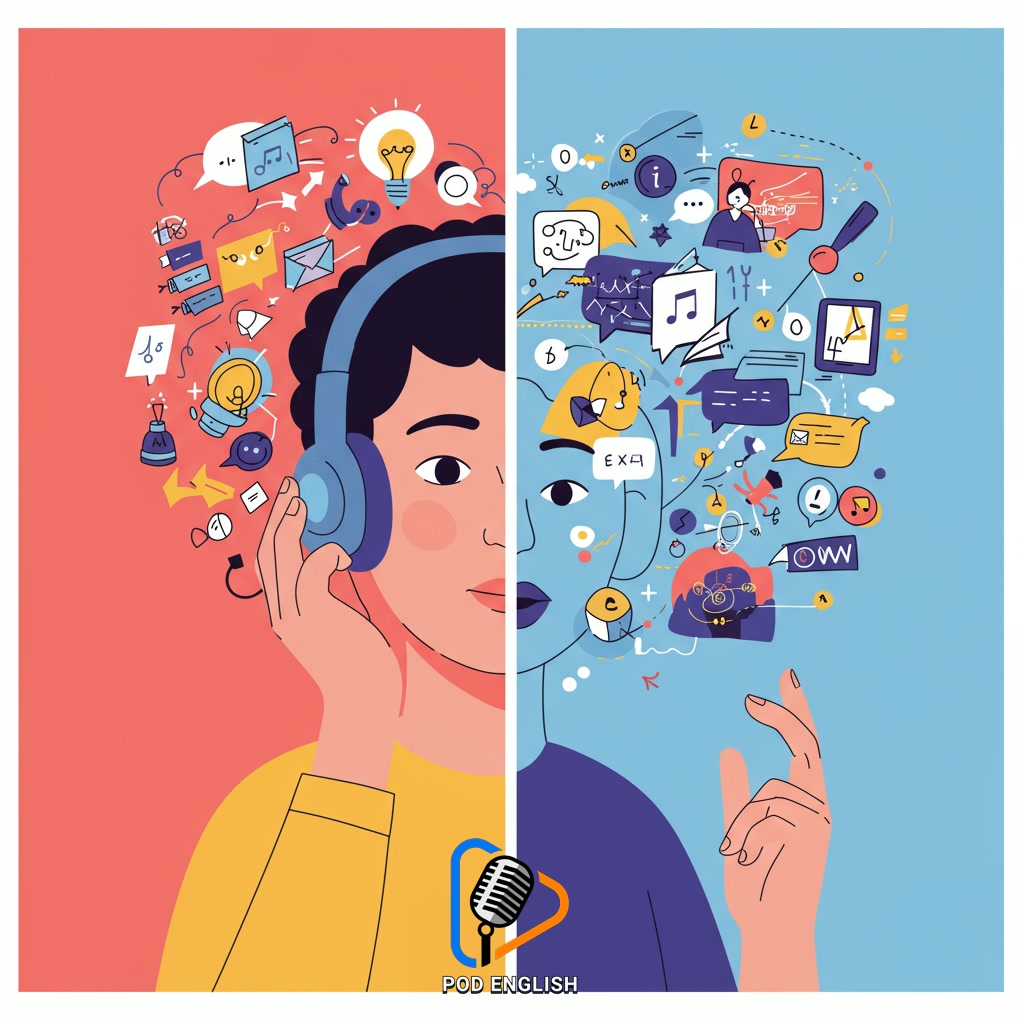
Visualizing for Improved English Speaking and Listening Skills
Section 5: Integrating Visualization into Your Daily English Study Routine
Building on visualizing specific elements like vocabulary and grammar, the next step is seamlessly weaving these techniques into your daily English study routine. Don’t treat visualization as a separate, extra task; instead, integrate it naturally. For instance, while reviewing new words, spend a few moments vividly imagining their use in real conversations or situations. During your commute, visualize yourself confidently speaking English in a specific scenario you might encounter. Before sleeping, mentally rehearse English phrases or dialogue, picturing the context. Making visualization a small, consistent part of your daily habits – whether it’s for five minutes during a break or alongside other study tasks – significantly reinforces learning and makes the process more intuitive, accelerating your path to fluency.
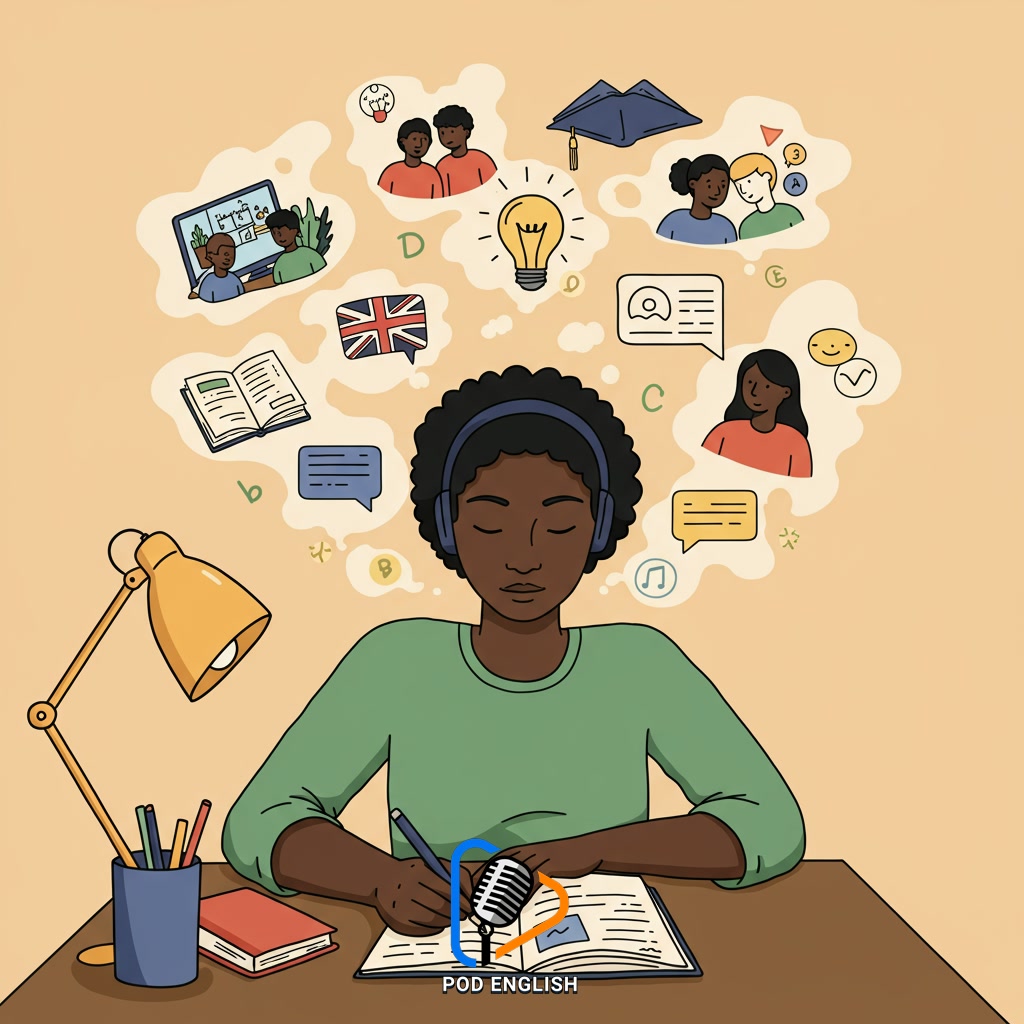
Integrating Visualization into Your Daily English Study Routine
Section 6: Maximizing Your Results: Tips for Effective Visualization Practice
Building on integrating visualization into your routine, maximizing results requires deliberate and focused practice. Don’t just passively imagine; actively engage multiple senses. When visualizing vocabulary, strive to see the object or concept vividly, hear the word pronounced, and perhaps even associate a feeling or context. For grammar structures, picture clear scenarios where the structure is used naturally in conversation or writing. Consistency is paramount; short, daily visualization sessions are far more impactful than sporadic long ones. Be specific about the English elements you are visualizing and consciously link them to your learning goals. Regularly revisit and refine your mental images as your proficiency increases. Treating visualization as an active, sensory-rich tool within your study plan will significantly enhance memory retention and accelerate your path to fluency.
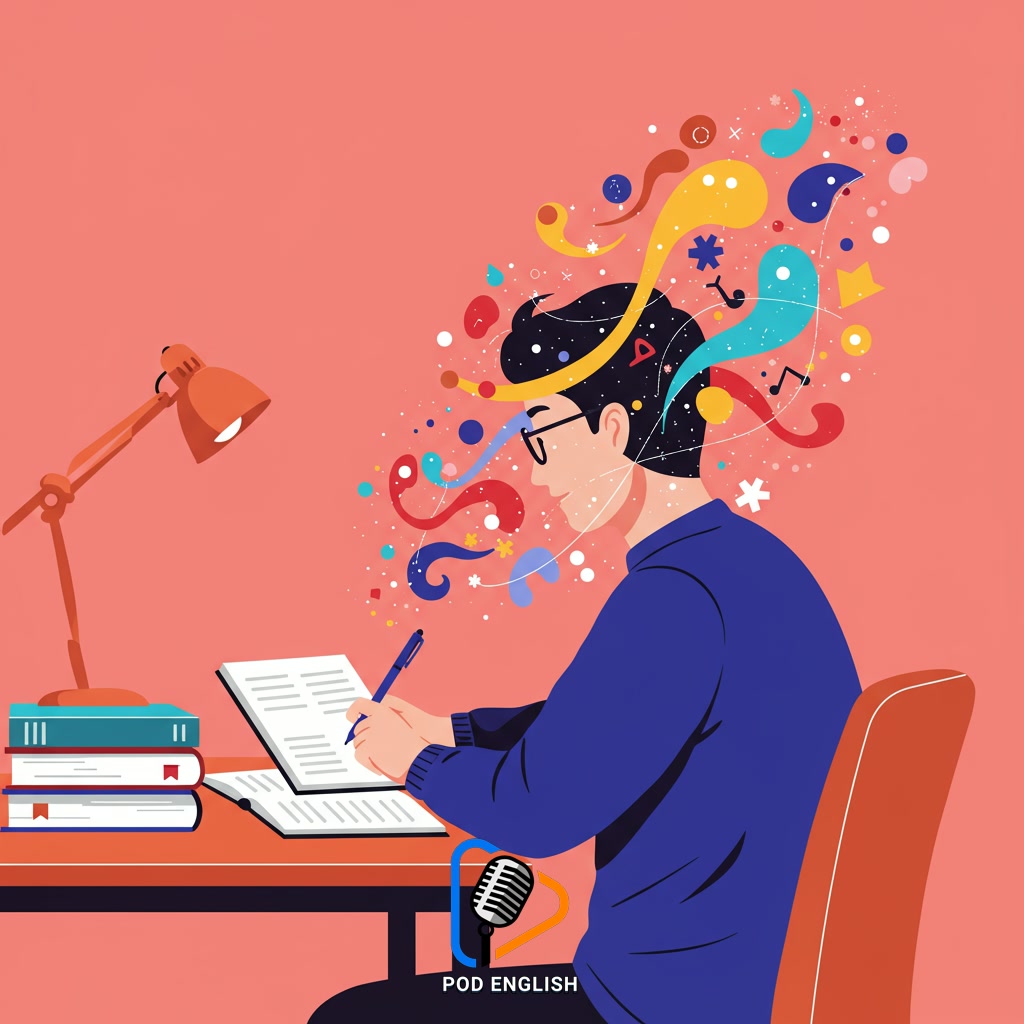
Maximizing Your Results: Tips for Effective Visualization Practice













